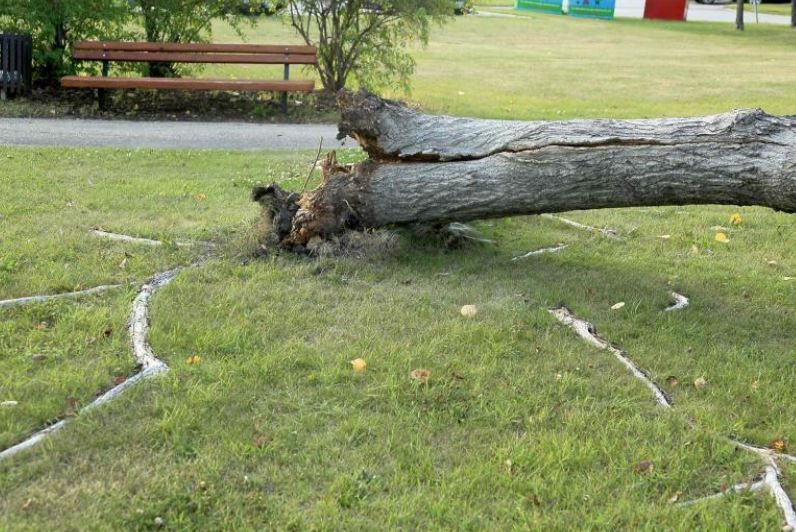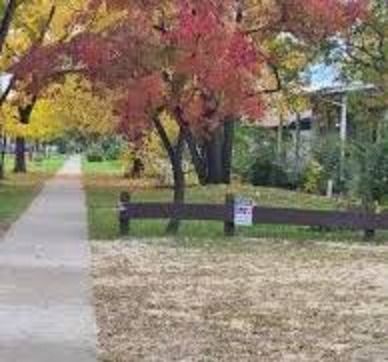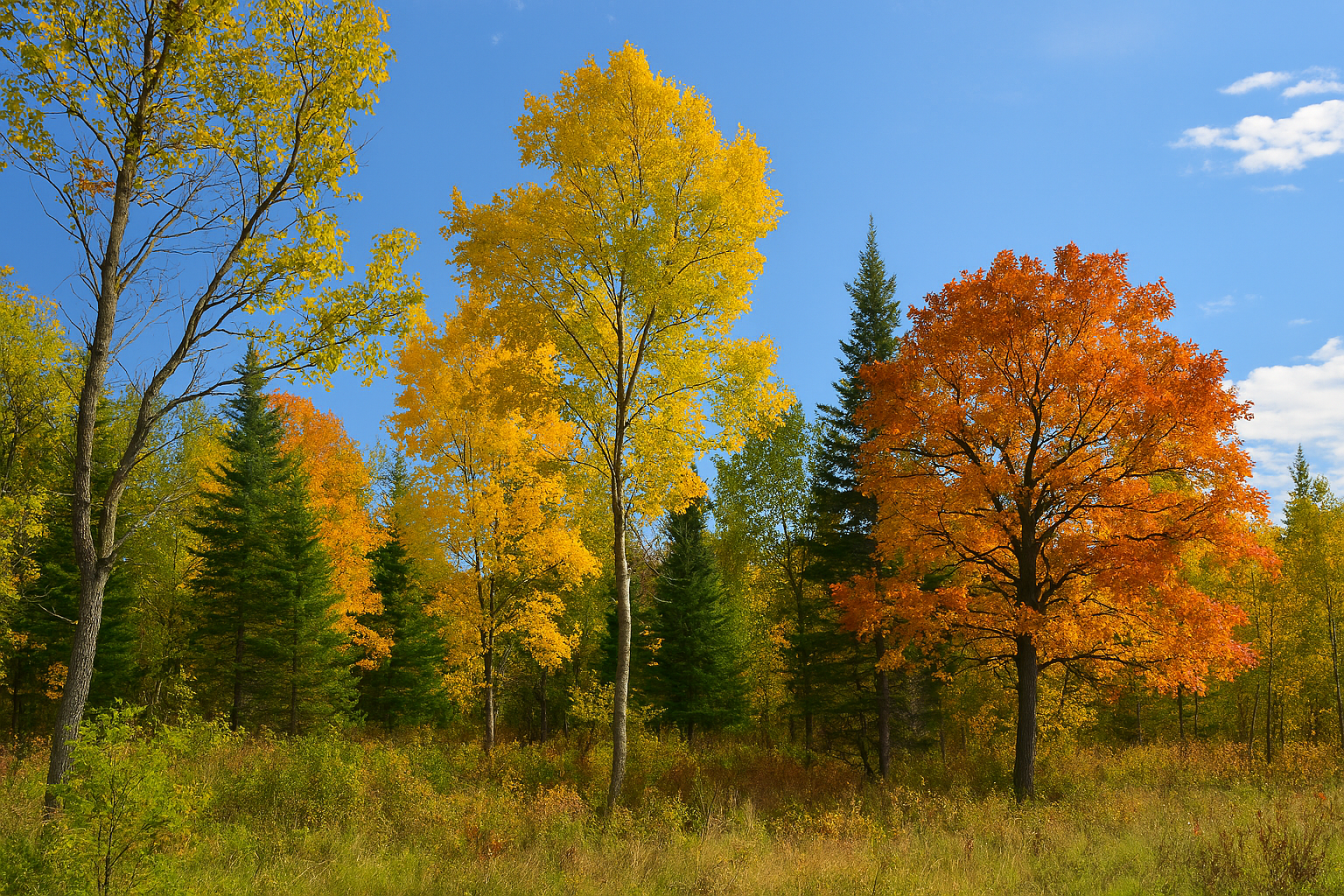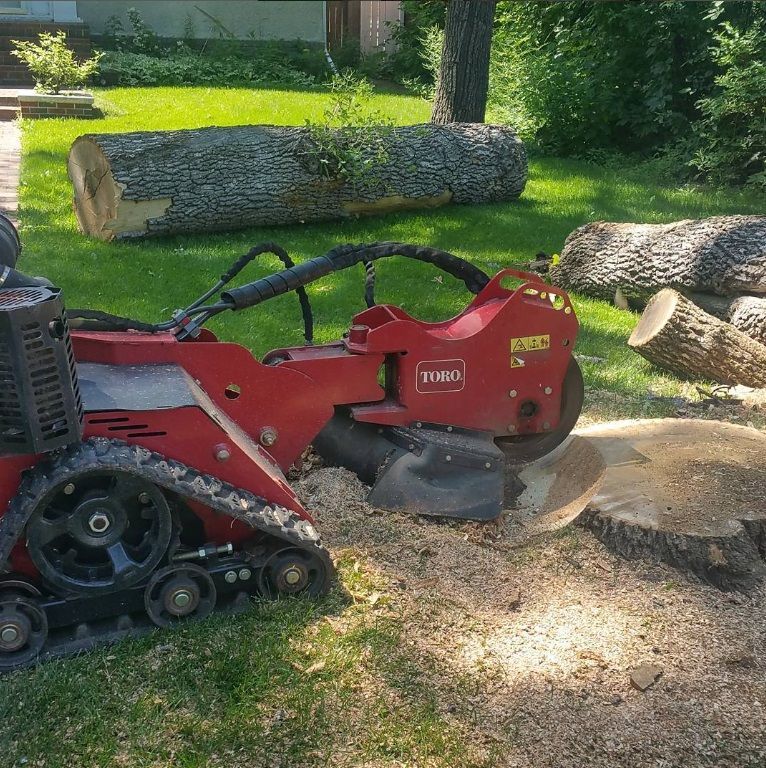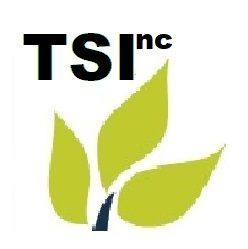How to Prevent Tree Root Encroachment in Winnipeg: Protecting Foundations, Sidewalks, and Plumbing
Trevor Soltys & Paul Kasper
🌳 Winnipeg’s tree-lined streets are part of what makes the city so livable. From majestic elms to hardy maples, trees offer shade in summer, shelter from prairie winds, and a touch of nature in every neighbourhood. But beneath the surface, their roots can cause serious headaches—especially when they creep into foundations, crack sidewalks, or clog plumbing.
Here’s how Winnipeggers can enjoy their trees without letting them wreak havoc underground.
🌲 Know Your Local Trees
Winnipeg’s urban forest includes species like American elm, Manitoba maple, and poplar—many of which have aggressive root systems. These trees are well-adapted to the region’s clay-heavy soil, but that also means their roots spread wide and deep in search of water.
If you're planting new trees, consider less invasive options:
- Japanese lilac
- Amur maple
- Crabapple
- Serviceberry
These species are better suited for residential lots and less likely to damage infrastructure.
📏 Respect the Prairie Space
In Winnipeg, where frost heave and shifting soil are common, planting trees too close to buildings or sidewalks can amplify root-related damage. Follow these local-friendly guidelines:
- Small trees: Plant at least 10–15 feet from sidewalks or driveways
- Medium to large trees: Keep 20–30 feet away from foundations and underground utilities
Before digging, always contact Click Before You Dig Manitoba to locate underground lines. It’s free—and essential.
🚧 Install Root Barriers
Root barriers are especially useful in Winnipeg’s older neighbourhoods like Wolseley or St. Boniface, where mature trees sit close to homes. These barriers redirect roots downward and away from vulnerable structures.
For best results:
- Install barriers when planting new trees
- Consult a certified arborist for retrofitting around existing trees
💧 Watch for Moisture—and Fix It Fast
Winnipeg’s freeze-thaw cycles can cause underground pipes to crack, creating moisture that attracts tree roots. If you notice:
- Wet patches in your yard
- Slow drains or backups
- Sudden plant overgrowth near plumbing lines
Call a licensed plumber. Roots can infiltrate even small cracks and make them worse.
🧹 Maintain What You’ve Got
Regular pruning and inspection are key. Winnipeg’s dry winters and humid summers can stress trees, making them more likely to send roots in search of water.
Look out for:
- Cracks in your foundation or driveway
- Uneven sidewalks
- Gurgling sounds in plumbing
If you suspect root intrusion, contact a local arborist like Perennial Trees Inc or consult the City ofWinnipeg Urban Forestry Branch.
🏡 Legal and Neighbourly Considerations
In Winnipeg, property owners have the right to trim overhanging branches and encroaching roots up to their property line. However, excessive cutting that harms the tree could make you liable for damages. Always consult a professional before taking action—and talk to your neighbour first. Mediation Services Manitoba can help if things get tense.
Final Thought
Winnipeg’s trees are part of its charm—but they don’t always play nice underground. With smart planting, regular maintenance, and a little neighbourly communication, you can keep your home safe and your trees healthy. Because in Friendly Manitoba, even roots should know their boundaries.
